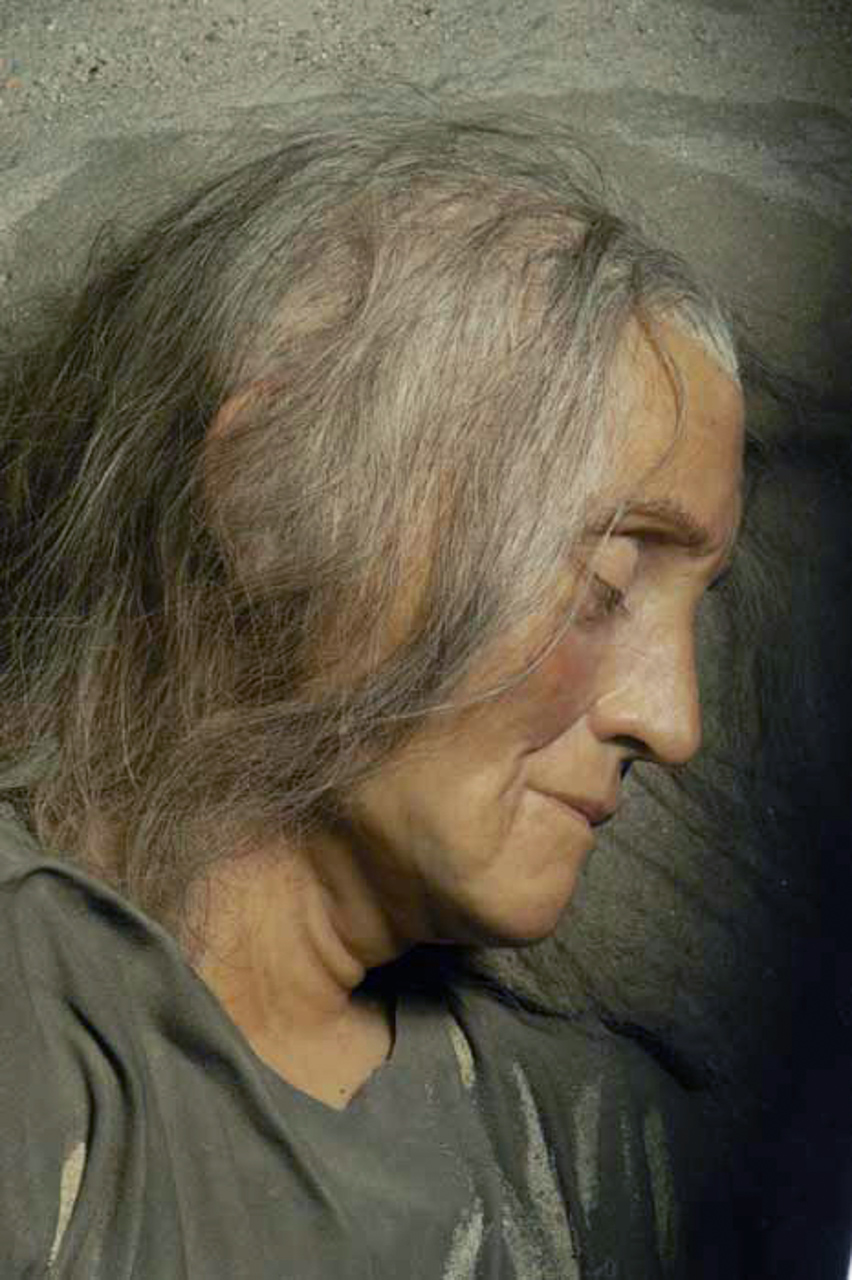
Trijntje was a woman aged 40-60. She was buried 7,500 years ago, making her grave the oldest known grave of a woman in the Netherlands. She lived in the Middle Stone Age, and belonged to the hunter-gatherers.
When this reconstruction was made (early this century) science had not yet advanced to the point where eye, hair and skin color could be determined with ancient DNA testing. Now that it can, it has become apparent that this woman's DNA is too poorly preserved to get results. However new DNA testing of other human remains from the Netherlands and Western Europe from 10,00 years ago shows that those people had dark skin, dark hair and light eyes. Between 7 and 5,000 years ago, the inhabitants acquired an increasingly lighter skin color. In the first reconstruction she had lighter skin but there is thus a good chance that Trijntje was also dark-skinned, hence this revised version in one of the pictures, based on the latest scientific findings
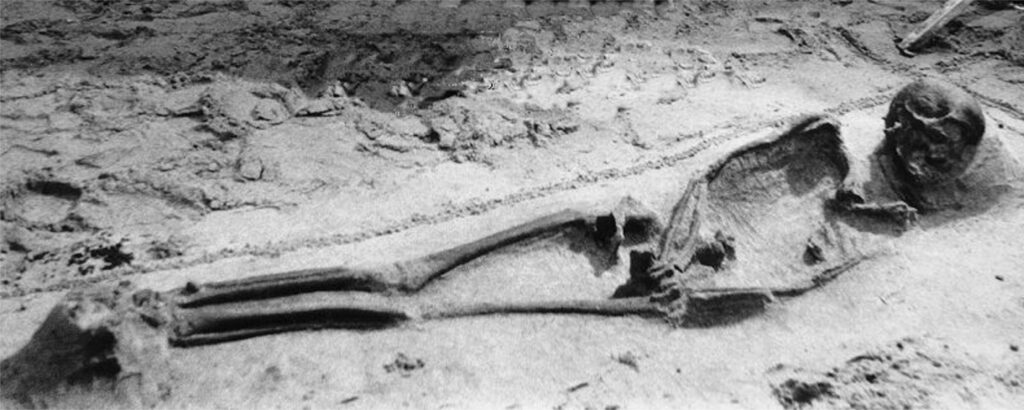
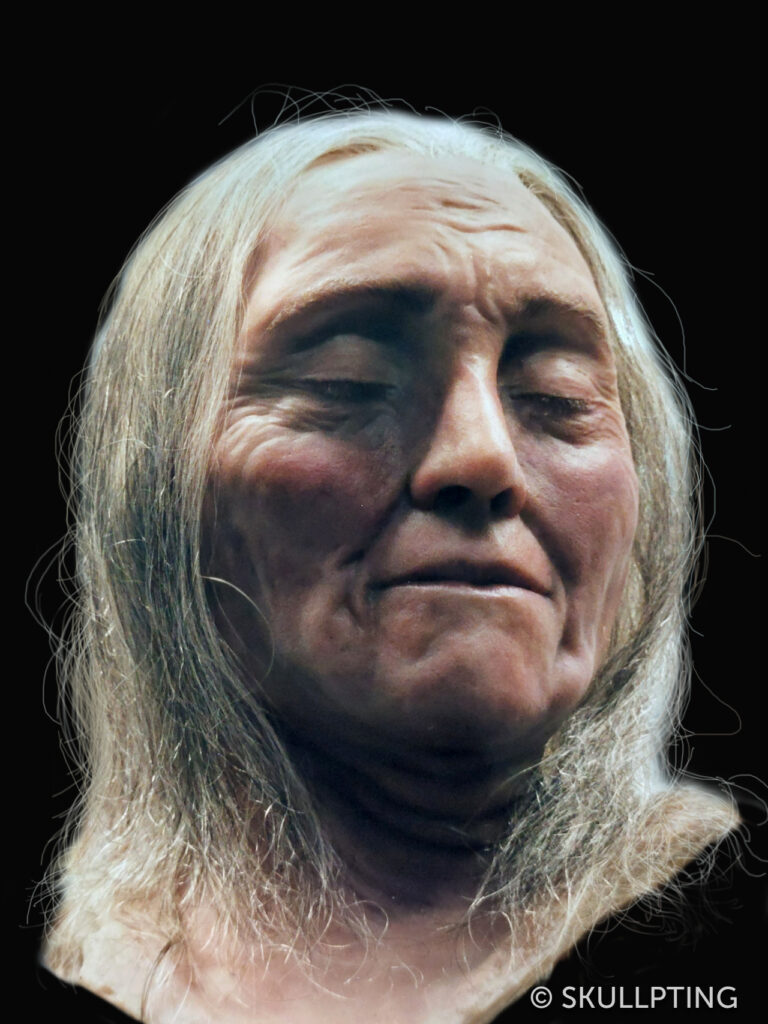
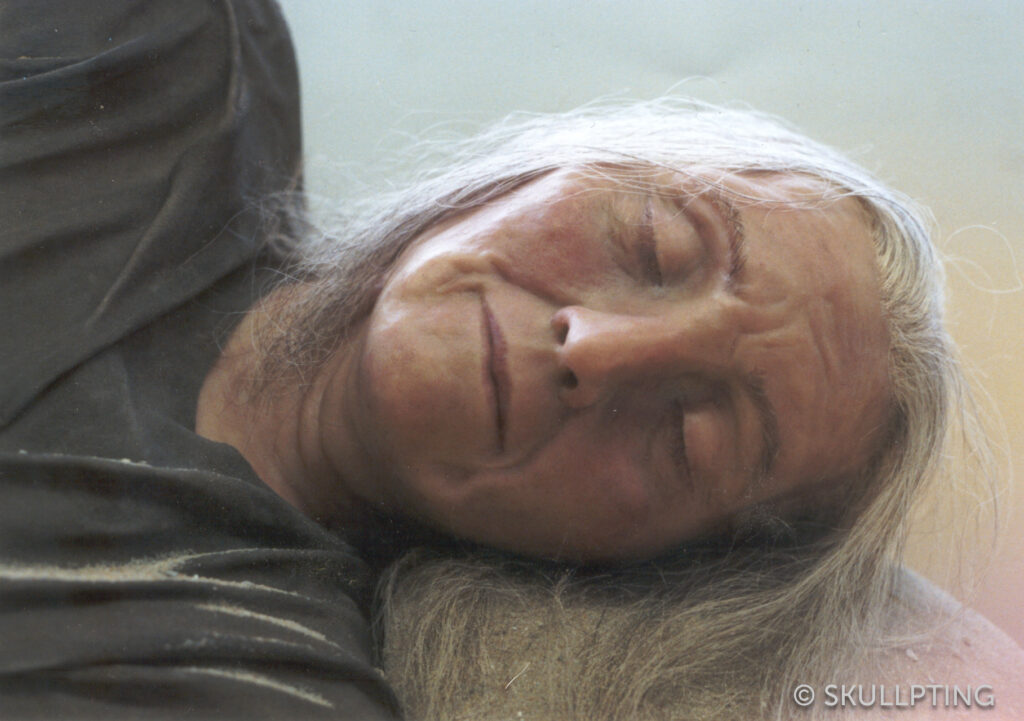
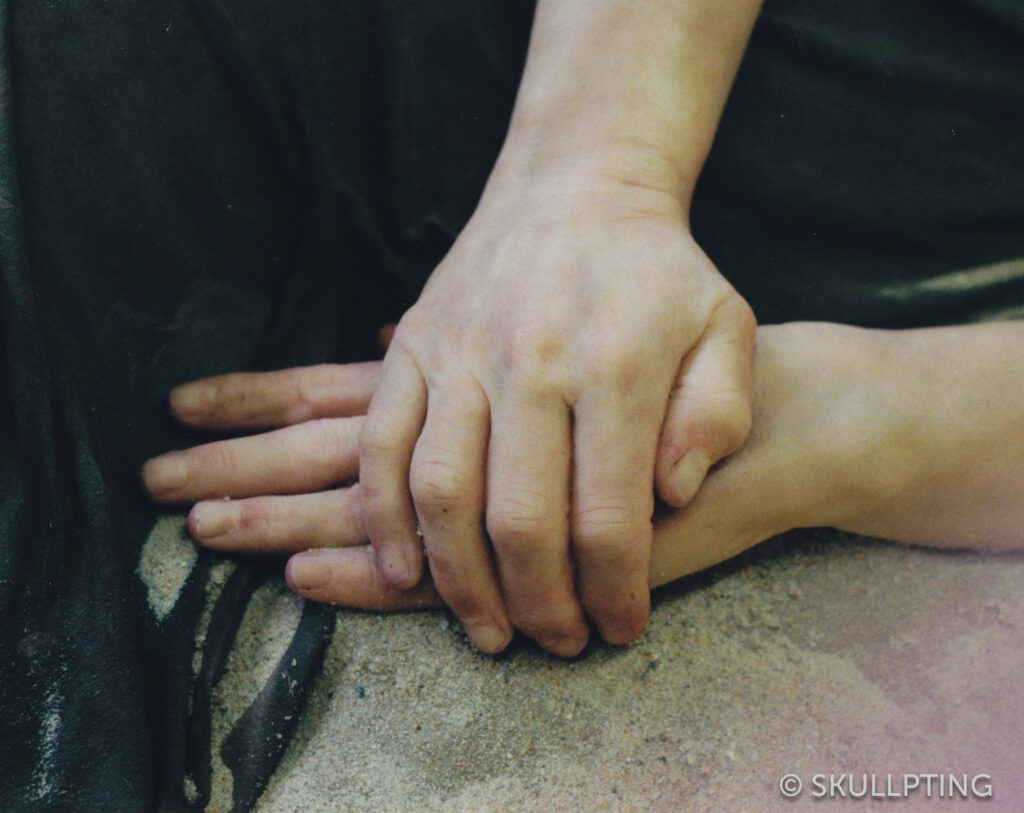
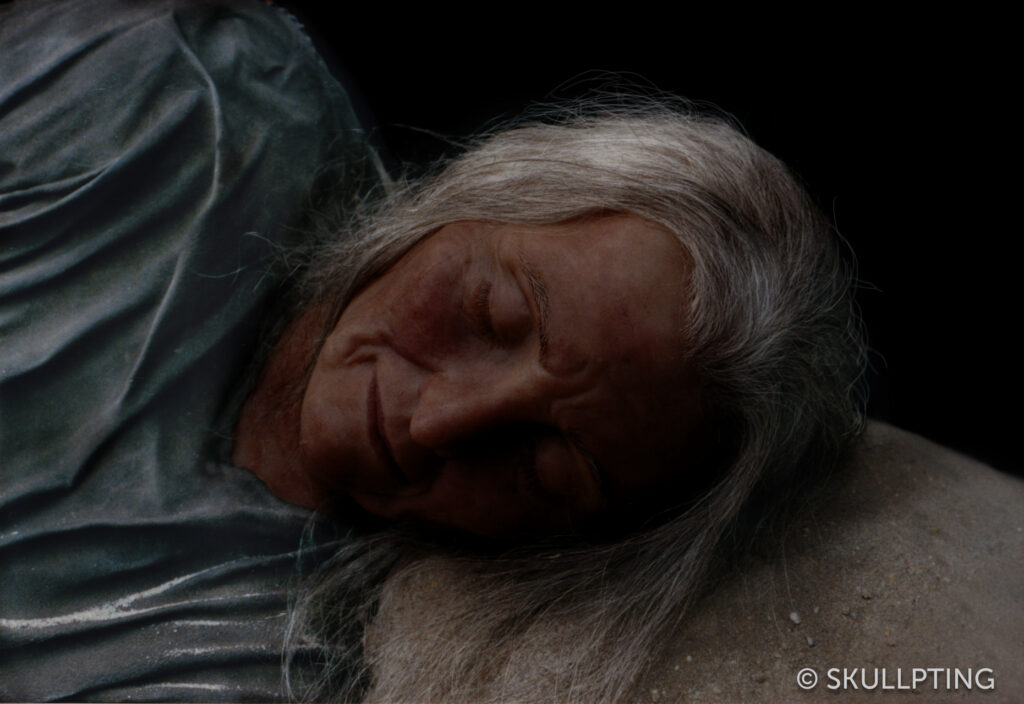
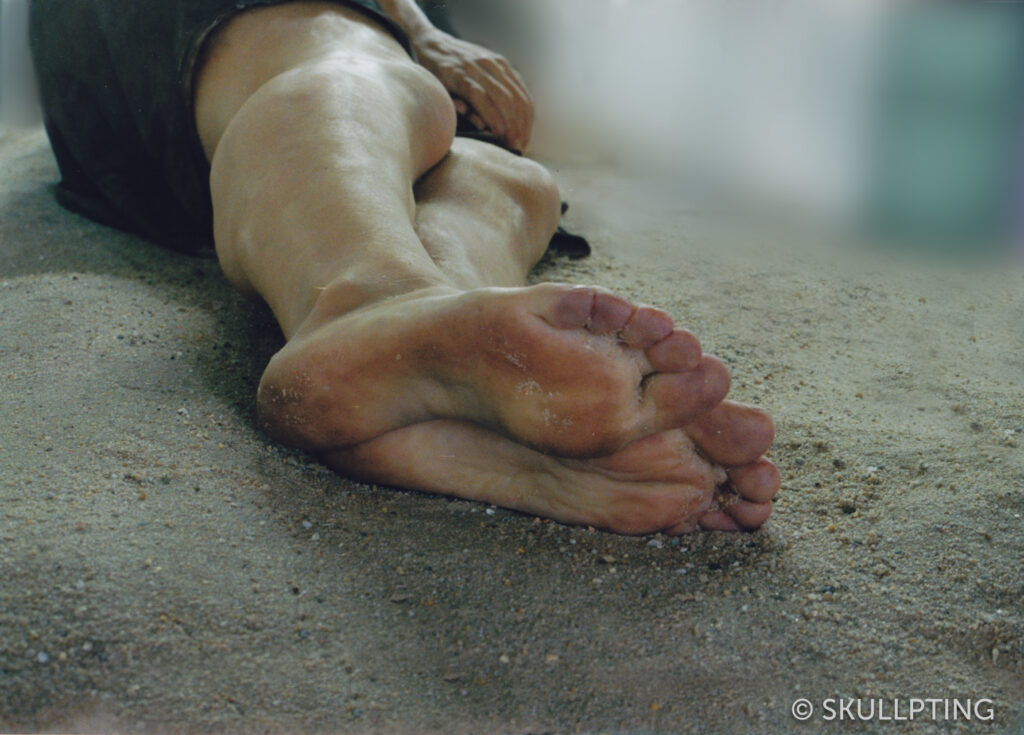
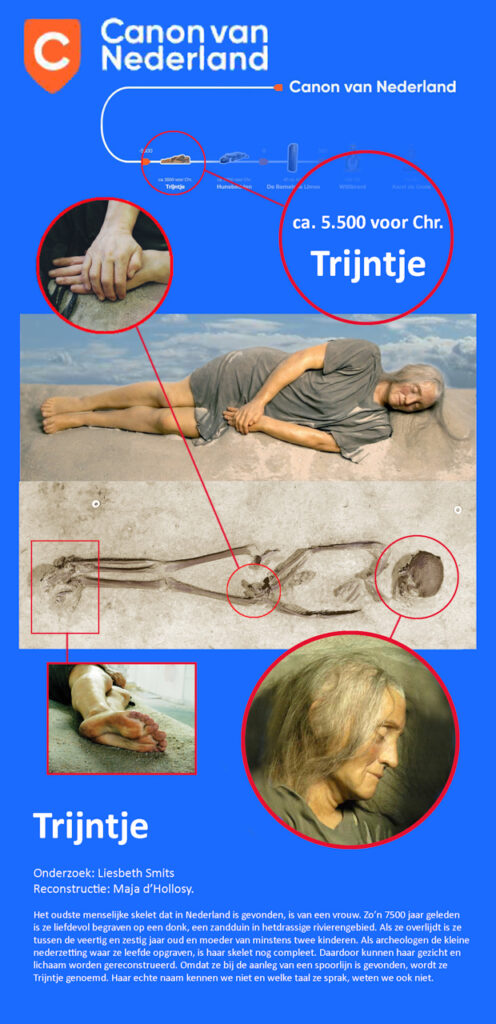
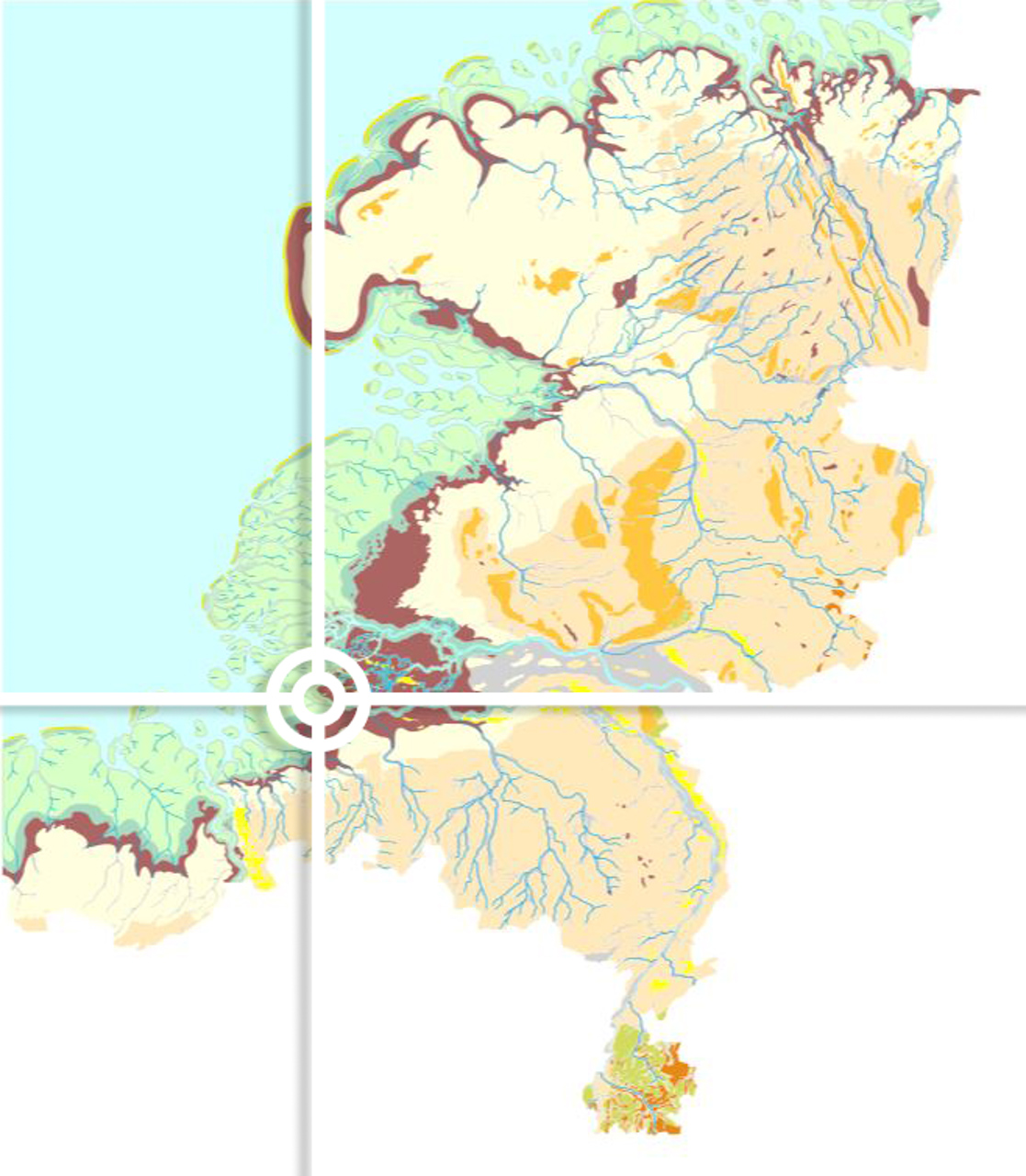

Trijntje was a woman aged 40-60. She was buried 7,500 years ago, making her grave the oldest known grave of a woman in the Netherlands. She lived in the Middle Stone Age, and belonged to the hunter-gatherers.
When this reconstruction was made (early this century) science had not yet advanced to the point where eye, hair and skin color could be determined with ancient DNA testing. Now that it can, it has become apparent that this woman's DNA is too poorly preserved to get results. However new DNA testing of other human remains from the Netherlands and Western Europe from 10,00 years ago shows that those people had dark skin, dark hair and light eyes. Between 7 and 5,000 years ago, the inhabitants acquired an increasingly lighter skin color. In the first reconstruction she had lighter skin but there is thus a good chance that Trijntje was also dark-skinned, hence this revised version in one of the pictures, based on the latest scientific findings







